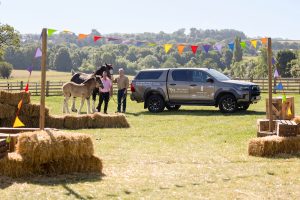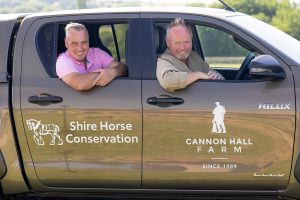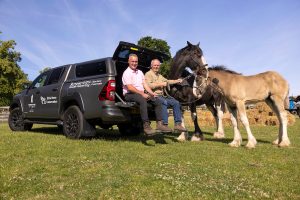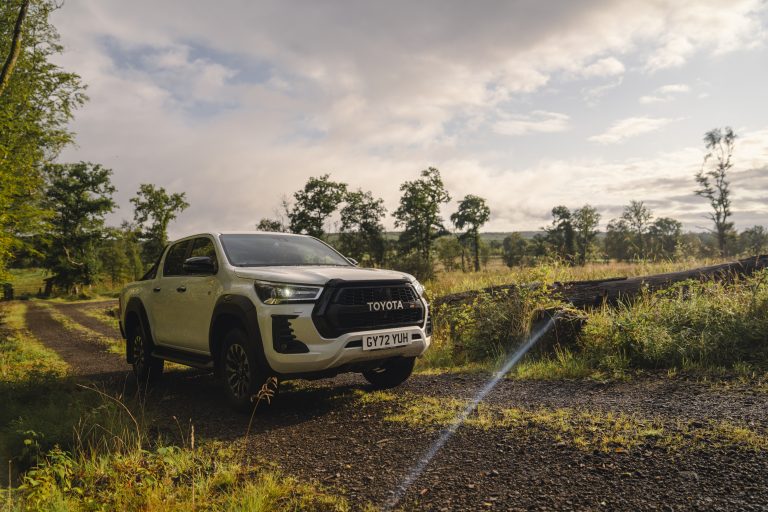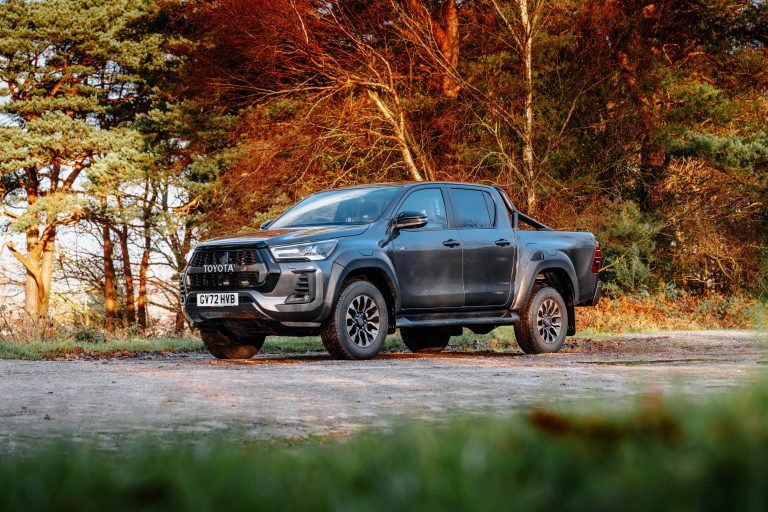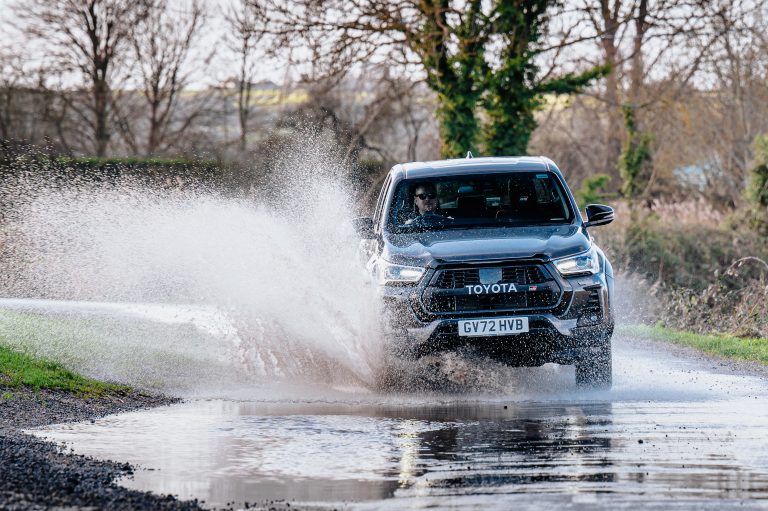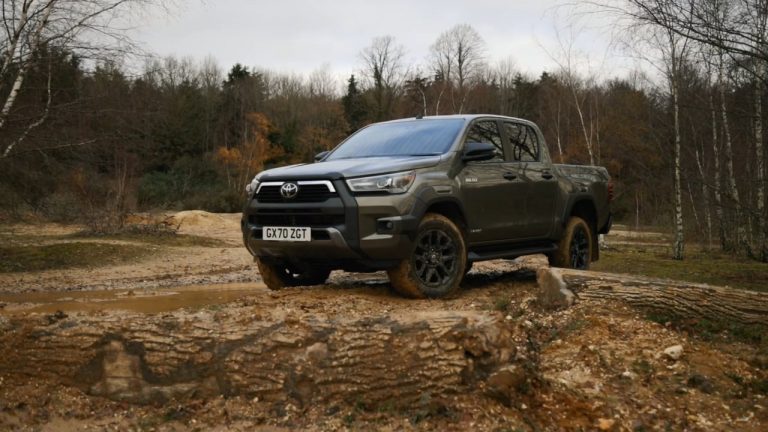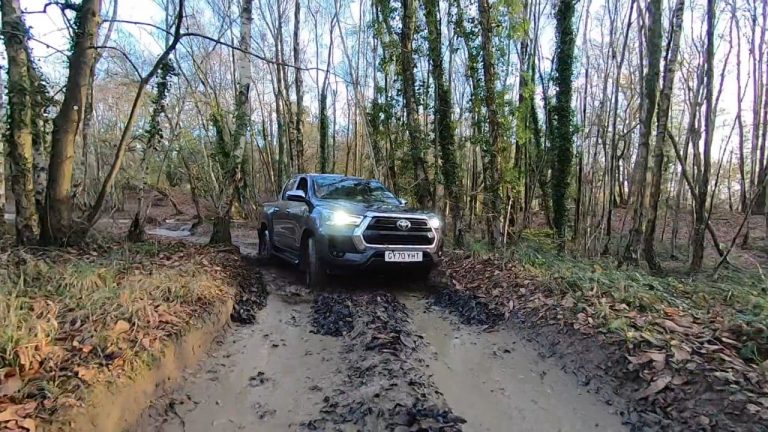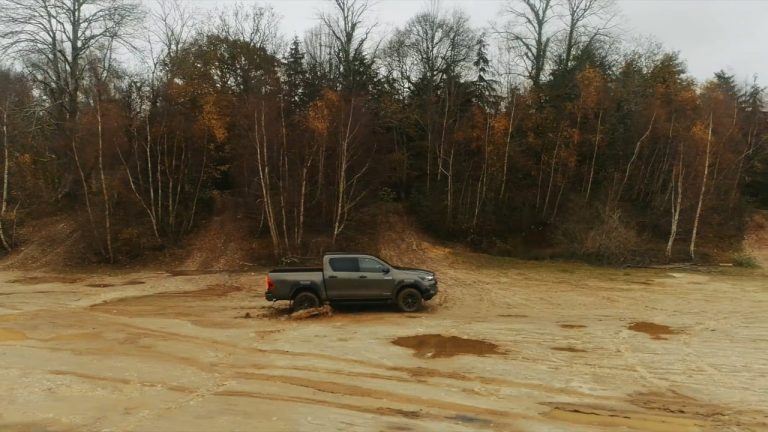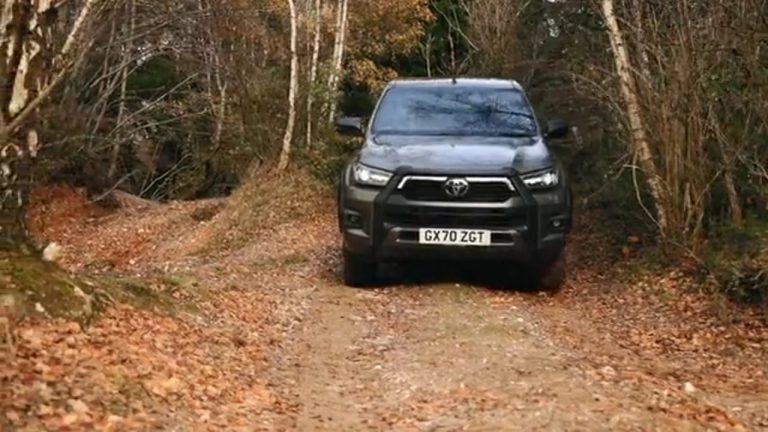True horsepower: how the Toyota Hilux is helping Cannon Hall Farm’s Shire horse project
Rob and Dave Nicholson, owners of Cannon Hall Farm in South Yorkshire, recently took on a Toyota Hilux to help care for their growing Shire horse collection, as part of their conservation efforts for these distinctive heavy horses.
Cannon Hall Farm opened to the public in 1989 and now receives 335,000 visitors a year to its farm attractions, shop and restaurants. It is also the star of Channel 5’s Summer on the Farm Live.
The Nicholson family has owned the 200-acre farm for 65 years and Rob and Dave’s father was brought up in an era of Shire horses and farmed with them.
Rob said: “It seemed right to invest time and money in Shire horses. They helped us win world wars, so it’s unthinkable to think they could fade away, so we thought we’d do our bit to preserve and safeguard them for future generations. We bought our first Shire horse eight years ago. There are only 850 breeding mares in the country, so it’s important to keep the bloodline going. We currently have five and are about to buy our sixth, and we are now a recognised Shire horse centre.”
The farm’s growing Shire horse population meant that the Nicholsons needed a reliable and robust vehicle with good off-road, load-carrying and towing capabilities to help them day to day. Rob Nicholson explained: “We’ve always liked these vehicles and aspired to own one. The Hilux has more power than other trucks we’ve had before and the gears seem just right for towing.”
Rob and Dave ordered their vehicle from Burrows Toyota in Barnsley, and while waiting for delivery they were loaned a top-of-the range Hilux Invincible X.
“We used it for a couple of hospital runs recently,” said Rob. “We collected Orchid, our 14-year-old Shire and her foal, Rosie, from Rainbow Equine Hospital, 100 miles away. Rosie nearly died soon after birth – she had something called ‘dummy foal syndrome’ where she thought she was still in the womb and was refusing to suckle.”
More recently the team had to rush their eight-year-old Shetland, Pony M, to the same hospital. She was heavily pregnant and was suffering from catastrophic energy failure as she had stopped feeding. The vet was going to put her down but said there was a chance the hospital could save her, so the horse trailer was hooked up to the Hilux to take her there.
There are many similarities between the Shire horse and Hilux in terms of horsepower, with the Shire horse famous as a working animal in a variety of industries and the legendary Hilux renowned for its versatility and unstoppable character, for business or leisure, conquering the North Pole, Icelandic volcanoes and Antarctica.
Hilux is ideal for farm work as it is a tough, strong and extremely capable, on any road and in any conditions. The Invincible X model has a 201bhp 2.8-litre engine, while every model in the Hilux range can carry loads of up to 1,030kg and tow up to 3.5 tonnes.
About the Shire horse
The Shire horse became popular in the late 19th century to perform farm jobs such as ploughing. It became increasingly popular during the Industrial Revolution when it was used to carry or pull heavy loads over long distances, for example towing barges, or drays for breweries. However technological advances, including the advent of railways and tractors, reduced demand for them, so their numbers declined, from more than a million in their heyday, to a few thousand in the 1960s. Numbers began to increase in the 1970s, but the breed is still considered ‘at risk’ by the Rare Breeds Survival Trust. Today Shire horses are used for forestry and leisure activities, including riding and carriage driving.
| Shire horse versus Hilux Invincible: | Shire Horse (stallion) | Hilux Invincible X |
| Weight | 900-1,100kg | 2,125 – 2,340kg |
| Height | Average 178cm (17.2 hands) | 181.5cm |
| Colour | Black, brown, bay, grey, roan | Choice of nine |
| Pulling power | 22,680kg* approx | 3500kg |
| Fuel | Hay, grass, grains | Diesel |
| Top Speed | 30-35mph | 109mph |
| Power output | 11kW at walking pace | 150kW at rpm 3000 – 3400 |
| Power to weight ratio | 12.2 | 70.6 |
* In 1924, at a British exhibition, a pair of horses was estimated to have pulled a starting load equal to 50 tonnes.
ENDS

